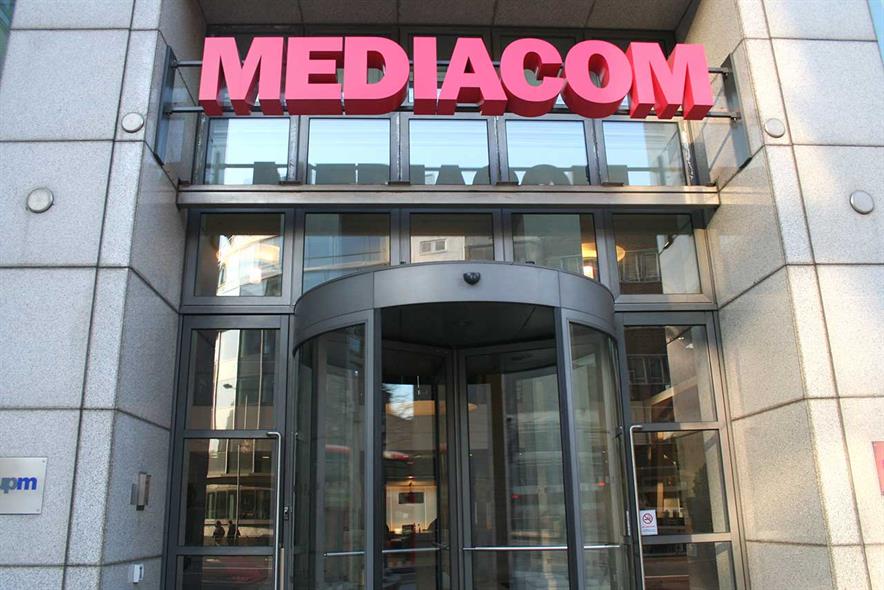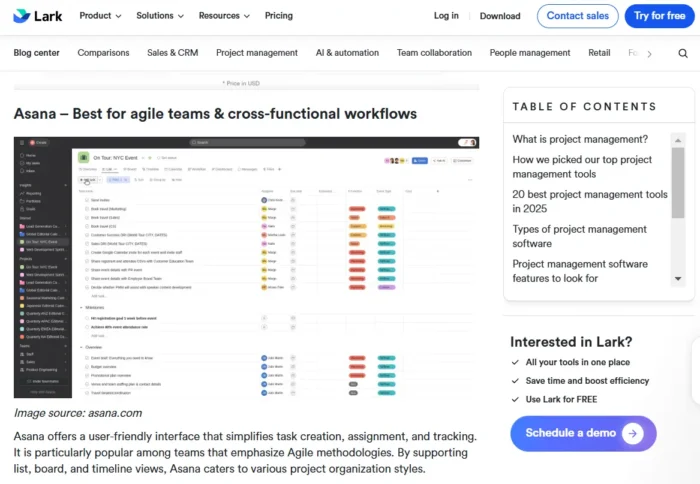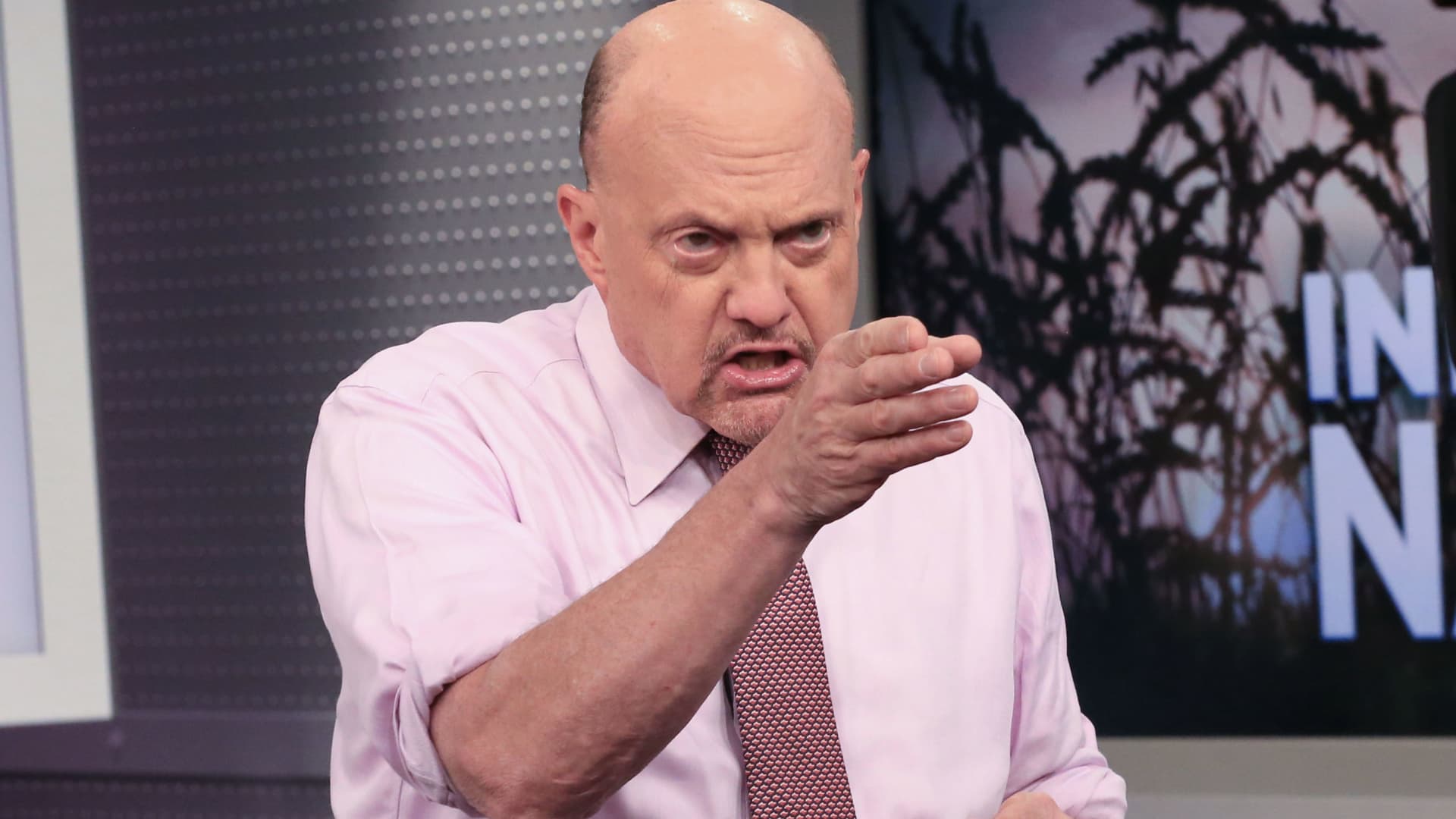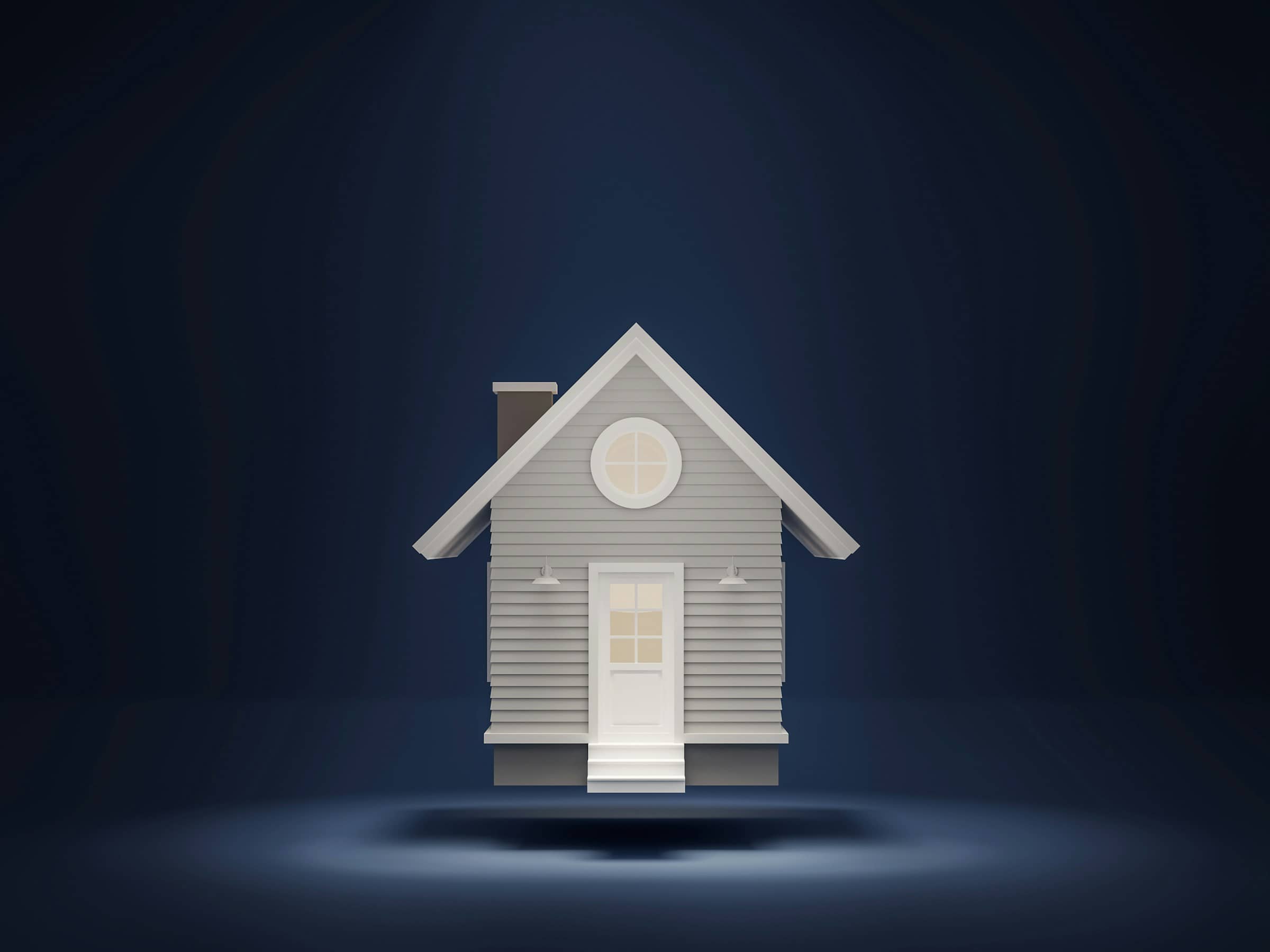The Future of Elderly Monitors: Market Trends, Growth, and Key Insights
The global elderly monitors market is projected to expand from $3.4 billion in 2023 to $5.7 billion by 2028, representing a compound annual growth rate (CAGR) of 11.2%.
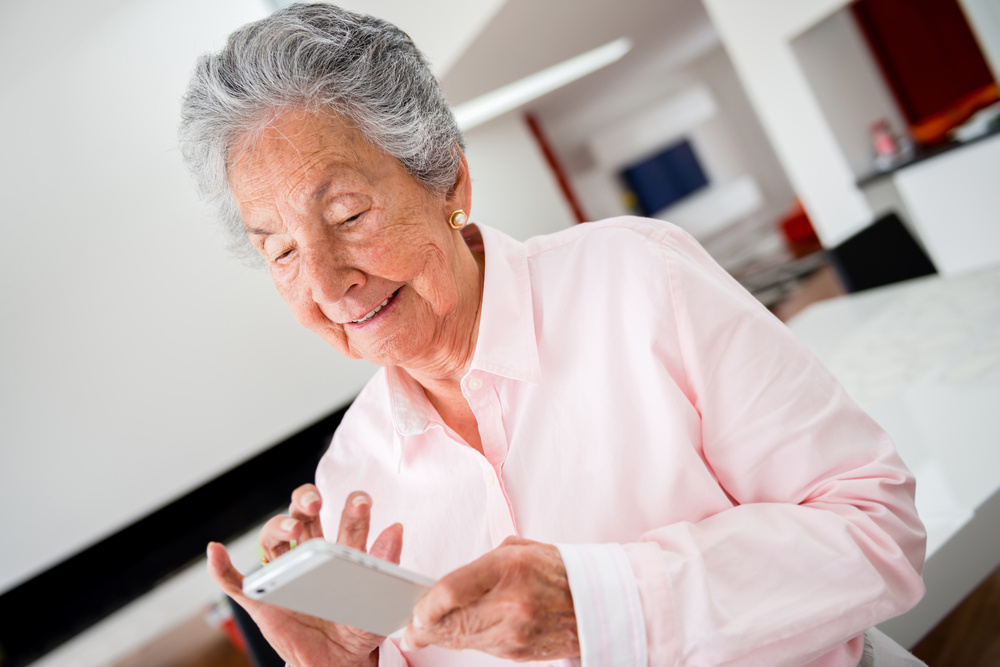
Digital health solutions enhance real-time monitoring of health metrics, such as heart rate, blood pressure, and activity levels in elderly individuals, enabling timely interventions and better management of chronic conditions. McKinsey & Company estimates that the global digital health market, valued at approximately $350 billion in 2019, will grow to $515 billion by 2024, highlighting the significant potential for growth in elderly monitoring solutions. As the elderly population continues to rise, the demand for these monitoring systems is expected to increase, driving market expansion. In 2023, the North American elderly monitors market was valued at $1,327.9 million, accounting for 0.004% of the region's GDP, with per capita consumption at $2.62. Western Europe and Asia Pacific followed, with other regions trailing behind. Looking forward, Asia-Pacific and Africa are expected to be the fastest-growing regions, with CAGRs exceeding 13%. The Middle East and South America will also see robust growth, with CAGRs of over 12% and 11%, respectively. A significant trend in the elderly monitors market is the adoption of AI-powered health sensors. These sensors enable independent living by providing a safety net through remote monitoring and timely alerts. For example, in June 2024, Huawei launched an AI-powered health sensor using advanced millimeter-wave radar technology for at-home elderly monitoring. This device tracks a variety of health metrics, including fall detection, sleep patterns, and respiratory rates, and can distinguish falls in different home areas like bathrooms and bedrooms. Alerts are sent via phone calls, SMS, or app notifications to caregivers or family members. Additionally, the sensor monitors sleep behavior, notifying caregivers if an elderly individual remains in bed for an extended period or awakens at unusual times. Importantly, the device prioritizes user privacy by avoiding image or sound capture, ensuring a secure home environment. High inflation has significantly impacted the elderly monitors market, affecting both consumers and manufacturers. Rising living costs have made consumers more cautious with their spending, potentially reducing demand for elderly monitors. Simultaneously, manufacturers face increased production costs due to higher prices for raw materials, labor, and transportation, which could result in elevated product prices. For instance, in the USA, the average price of a high-end elderly monitor has risen by 15% in the past year, from $500 to $575. However, entry-level and mid-range monitors have seen only a modest 5% price increase due to competitive market dynamics. Despite these inflationary pressures, the outlook for the elderly monitors market remains positive. Manufacturers are adapting by implementing cost-saving measures, such as automation and streamlined supply chains, to offset rising costs. Additionally, the development of new technologies, such as voice-activated controls and integrated health monitoring features, is expected to drive innovation, attract new consumers, and sustain market growth. For more information, please see the Elderly Monitors Global Report 2024, which thoroughly examines market dynamics and trends across different regions and major economies, covering the historic period of 2018-2023 and projecting future growth up to 2033. The Business Research Company is a market intelligence firm that excels in company, market, and consumer research. Located globally, it has specialist consultants in a wide range of industries including manufacturing, healthcare, financial services, chemicals, and technology. Find the company on LinkedIn, Twitter, Facebook, or YouTube for more. The global elderly monitors market is projected to expand from $3.4 billion in 2023 to $5.7 billion by 2028, representing a compound annual growth rate (CAGR) of 11.2%. Key drivers of this growth include the rising aging population, the rapid adoption of digital health solutions, and the increasing prevalence of chronic diseases.
The global elderly monitors market is projected to expand from $3.4 billion in 2023 to $5.7 billion by 2028, representing a compound annual growth rate (CAGR) of 11.2%. Key drivers of this growth include the rising aging population, the rapid adoption of digital health solutions, and the increasing prevalence of chronic diseases.
Elderly Monitors Market Regional Analysis
The Rise of Innovative AI-Powered Health Sensors
The Impact of High Inflation
Where to Learn More
About The Business Research Company

 Troov
Troov 










